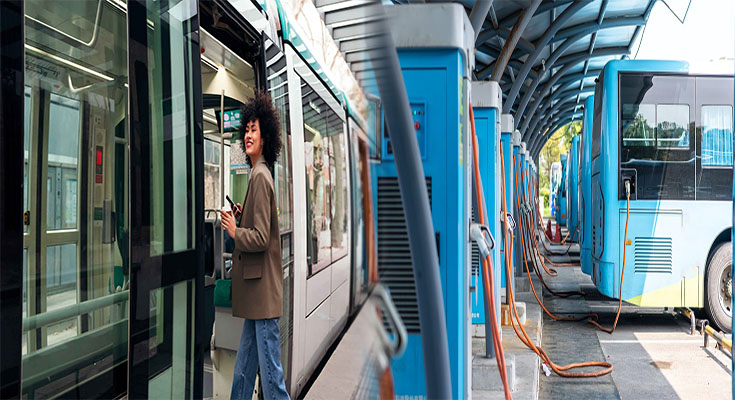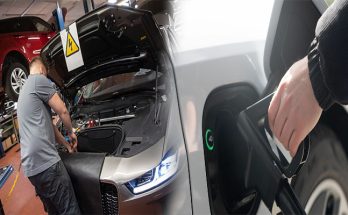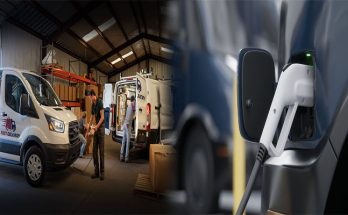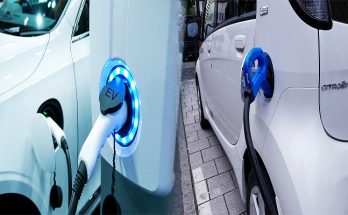The rise of electric vehicles (EVs) has ignited a significant transformation in the transportation industry. As the world shifts towards sustainable and eco-friendly modes of travel, the impact of electric vehicles on public transportation systems is becoming increasingly profound. This shift is not only revolutionizing the way people move within cities but also shaping the future of urban mobility. In this article, we will delve into the substantial impact of electric vehicles on public transportation systems and explore the pivotal role they play in creating a more sustainable and efficient urban environment.
1. Environmental Benefits
The adoption of electric vehicles in public transportation systems has marked a significant stride towards reducing the environmental impact of urban mobility. EVs produce zero tailpipe emissions, leading to a drastic decrease in air pollution and greenhouse gas emissions. By integrating electric buses, trams, and trains into public transportation systems, cities are actively combatting the detrimental effects of traditional combustion engine vehicles, contributing to cleaner air and a healthier urban environment.
2. Energy Efficiency and Cost Savings
Electric vehicles are renowned for their energy efficiency and cost savings, making them an attractive option for public transportation systems. With lower operational and maintenance costs compared to traditional fossil-fuel-powered vehicles, EVs present a compelling economic case for public transit agencies. The shift towards electric public transportation vehicles can result in substantial savings in fuel expenses and long-term maintenance, freeing up resources for further infrastructure development and service improvements.
3. Enhanced Passenger Experience
The integration of electric vehicles in public transportation systems brings about a tangible improvement in the passenger experience. EVs are known for their quiet and smooth operation, offering a more tranquil and comfortable journey for commuters. Additionally, the acceleration and torque characteristics of electric buses and trains provide a quieter and seamless ride, ultimately enhancing the overall quality of the public transportation experience and making it more appealing to passengers.
4. Infrastructure Development
The deployment of electric public transportation vehicles necessitates the creation and expansion of charging infrastructure within urban environments. This accelerates the development of charging stations, depots, and smart grid technologies, contributing to the modernization and electrification of the public transportation infrastructure. The integration of such infrastructure not only supports electric transit vehicles but also lays the foundation for widespread EV adoption, further bolstering the transition towards sustainable mobility at a city-wide level.
5. Urban Planning and Land Use
The shift towards electric public transportation systems has far-reaching implications for urban planning and land use. The reduced noise pollution and air emissions from electric buses and trains enable the reimagining of urban spaces, promoting pedestrian-friendly environments and urban revitalization. As cities prioritize environmentally friendly transportation solutions, the transformation of public transit systems through electric vehicles serves as a catalyst for reshaping urban landscapes and creating more livable, sustainable communities.
The impact of electric vehicles on public transportation systems is reshaping the urban mobility landscape, ushering in a new era of sustainable and efficient transit. As cities worldwide embrace the benefits of electric public transportation vehicles, they are taking crucial steps towards mitigating environmental impact, enhancing the passenger experience, and fostering economic prosperity. The integration of EVs into public transportation systems serves as a testament to the overarching shift towards sustainability, innovation, and the creation of smarter, more livable cities. With electric vehicles at the forefront, public transportation systems are poised to set new standards for sustainable urban mobility, paving the way for a cleaner, greener future.





